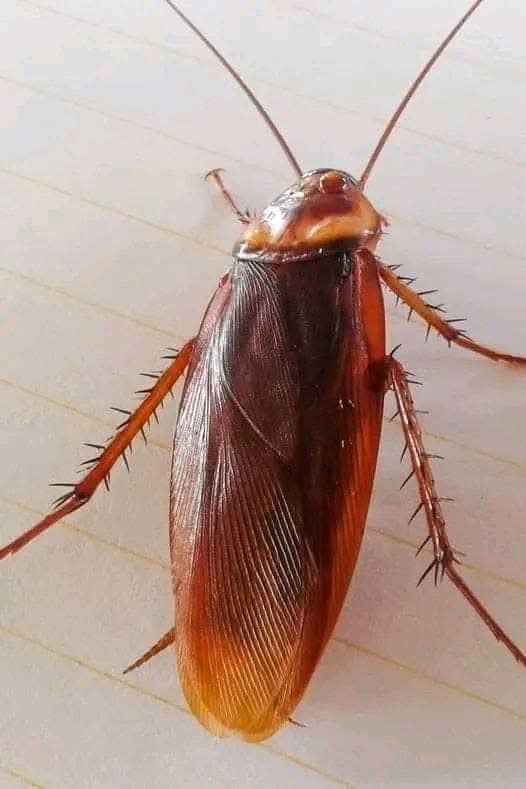The American Cockroach, also known as Periplaneta Americana, is one of the most common and largest cockroach species worldwide. These unwelcome visitors can bring a host of problems to your home, from health risks to damage to your belongings.
To better understand these pests, it’s essential to know their characteristics. American Cockroaches can grow up to 3 to 5 cm in length, making them a formidable sight. They have a reddish-brown color with a pale yellow pattern on their head. These cockroaches can live for up to a year or more, depending on the conditions they’re in.
When it comes to their habitat, American Cockroaches prefer warm, humid places with plenty of food remains. This makes kitchens, basements, sewers, and areas with food waste their favorite haunts. They’re also highly adaptable and can survive with minimal food and water.
However, the presence of American Cockroaches in your home can pose significant health risks. They carry bacteria like Salmonella and E. coli, which can cause illnesses. Their excrement and secretions can also trigger allergies and exacerbate asthma, especially in children and people with sensitive immune systems.
In addition to the health risks, American Cockroaches can contaminate food, damage packaging, and destroy stored supplies. They also chew on paper, fabrics, and organic materials, causing damage to your home or office.
While American Cockroaches may not be welcome in our homes, they do play a role in the natural world. They help decompose organic matter, contributing to the nutrient cycle. Scientists also study them for their adaptability and resistance.
So, how can you control these unwanted visitors? Maintaining a clean home, free from food remains and exposed water, is essential. Sealing cracks and holes can also prevent them from entering your home. If the infestation is severe, consider consulting a pest control expert.
In conclusion, American Cockroaches may be a nuisance, but they can also pose serious health risks. By understanding their characteristics, habitat, and behavior, you can take steps to keep them out of your home and maintain a safe and healthy living space.


